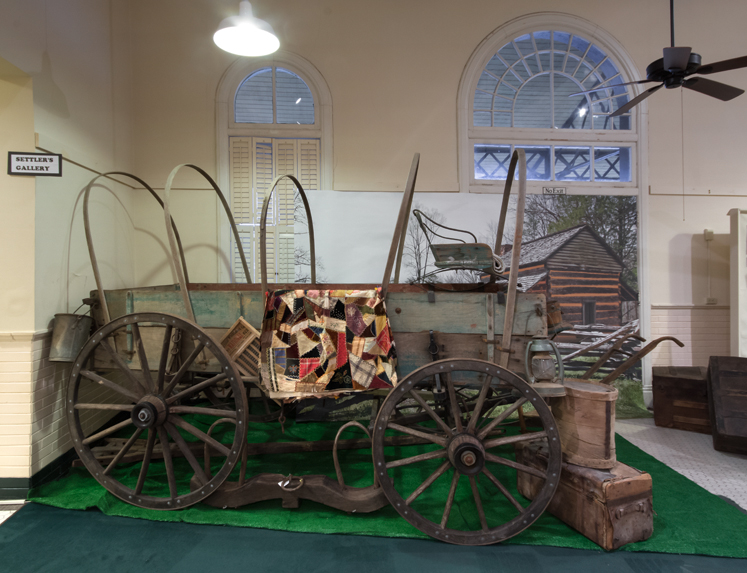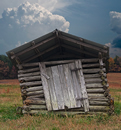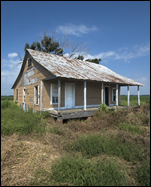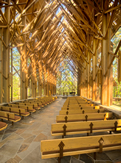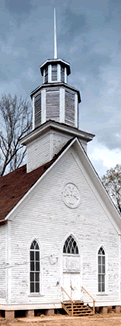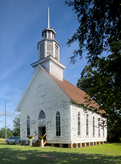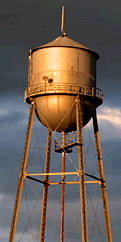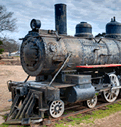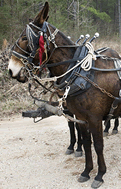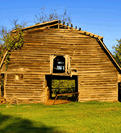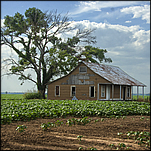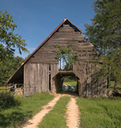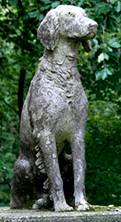A Design for the Ages
This c.1900 Studebaker wagon is on display in the Pine Bluff-Jefferson County Historical Museum in Pine Bluff, Arkansas. Though it is substantially younger than the poplar “covered wagons” of the mid-19th century California Gold Rush, you can see a strong similarity. In fact, you would be hard-pressed to find a lot of differences. Since the design was so successful, there were no compelling reasons for the company to effect many revisions. This wagon is original for the most part. It is on loan to the museum from Deborah and Thomas McClure of Pearcy, Arkansas (near Hot Springs).

Sunday, December 28, 2014
Pine Buff, Arkansas
For most folks, “Studebaker” conjures up visions of fifties bullet-nosed cars and the sporty Hawk. Similarly, it comes as a surprise when people discover that the Studebaker brothers started making wheeled conveyances in 1852. Their timing was perfect. The Studebaker wagon became the most popular wagon among those heading west in the legendary golf rush wagon trains of the time.
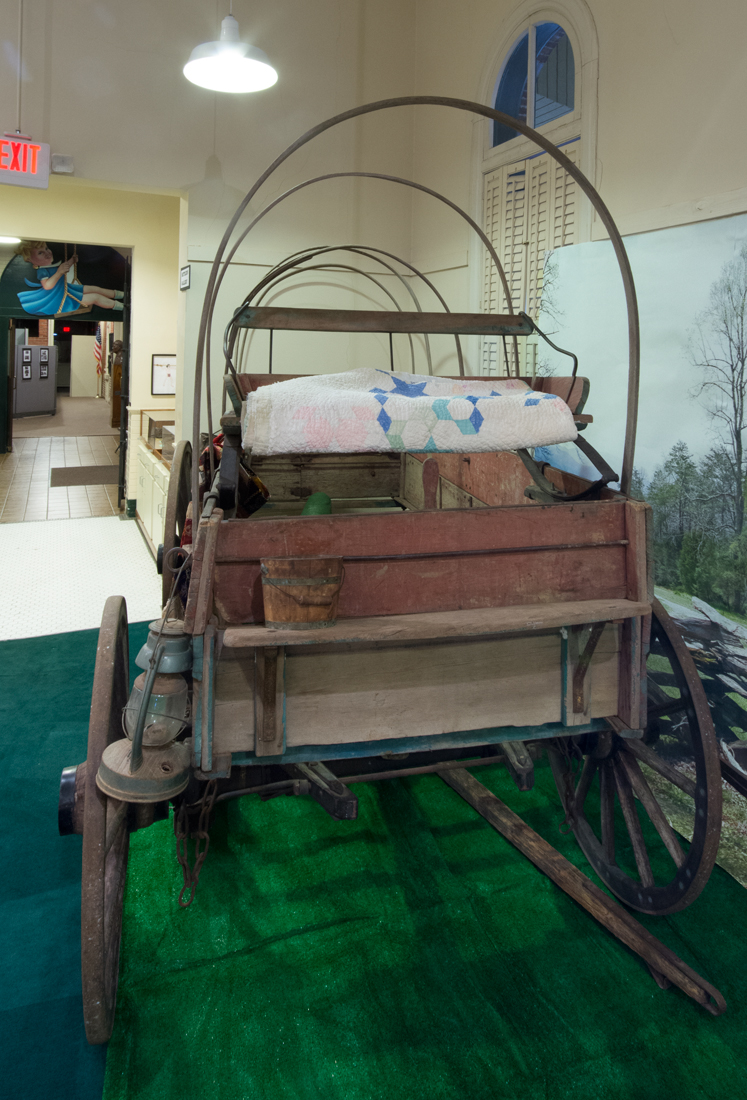
Dependable and Rugged
If you were in this wagon seat and underway, your most immediate view was the backside of oxen, mules, or horses. Though you were not moving at a fast clip, you were aboard a dependable and rugged means of transportation. If you were participating in the California Gold Rush, your entire inventory of worldly goods was in or attached to the wagon. Chances were good that your wagon was a Studebaker. And little did you know that you were planting the seeds that would germinate into the “left coast.”
The Studebaker Brothers Manufacturing Company grew and prospered. During the War Between the States, Studebaker was the leading supplier of wagons to the Union Army. The company also built a line of high-end carriages. In 1889, incoming President Benjamin Harrison ordered a full set of carriages and harnesses for the White House. The wagon now pulled by the famous Budweiser Clydesdales is a modified Studebaker built in 1909.
Keep Looking
After you peruse this wagon in the Pine Bluff museum, you can cast your eyes on a “one-man cotton gin” and several other interesting exhibits that temporarily place you in bygone years.
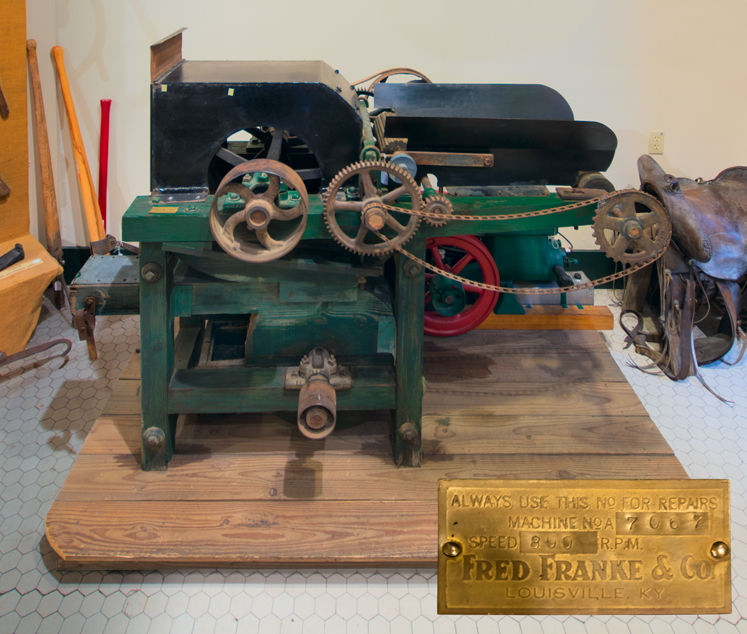
It Actually Works!
When I first saw this cotton gin, I figured it was an old display model. Wrong. This is a working “one-man cotton gin.” There is a drawing accompanying the gin showing it in operation. The drawing shows several men around the gin, so I surmise one man could operate it, but perhaps more were better. There is also a small gasoline engine exhibited with the gin. The engine, however, was not for the gin. It powered a rural well in the Sulphur Springs community, south of Pine Bluff.
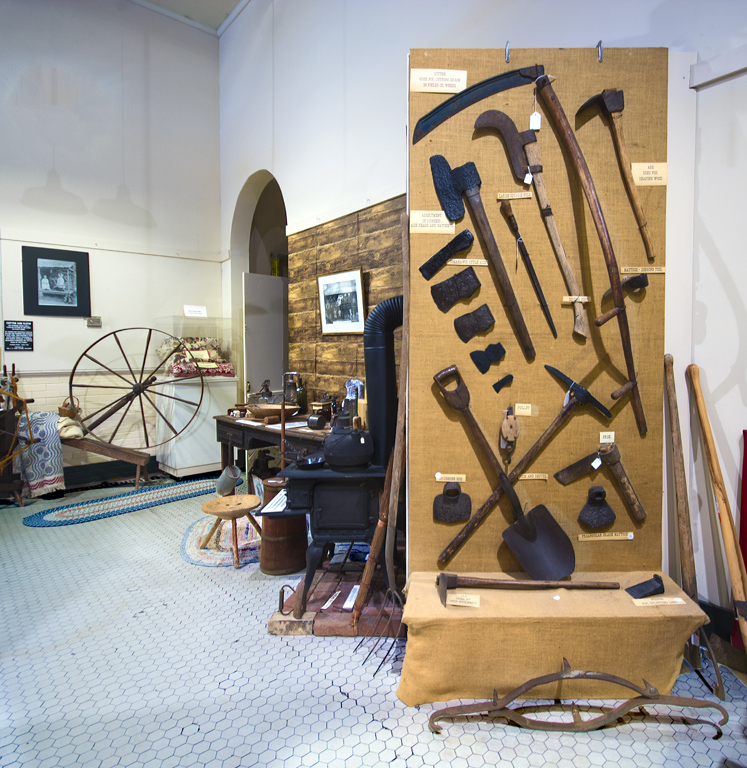
A Tool for All Seasons
Next to the gin, you’ll see a collection of hand tools for agriculture, clearing, excavation, and woodworking. On the floor in front of the tool exhibit, there is a device that I can’t explain, but it looks like it would have been right at home in a Spanish Inquisition dungeon. Around the corner from the tools is an old kitchen display.
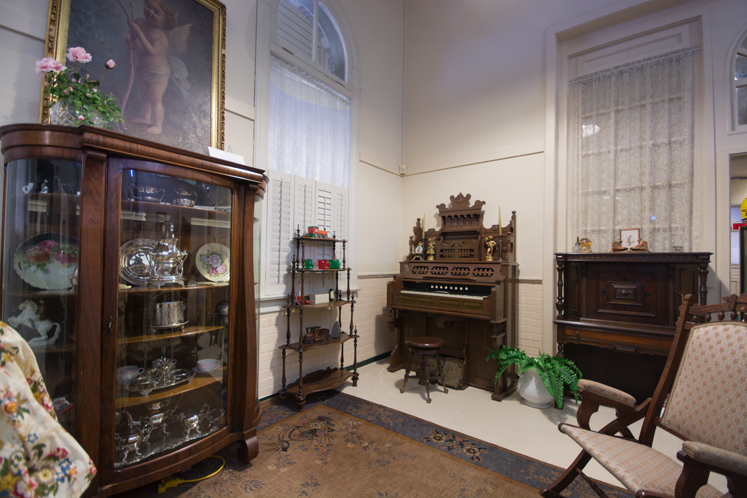
A Victorian Parlor
If taking a gander at a Victorian parlor is on your list to see, the museum fills the bill, complete with a pump organ, a cabinet full of silver and china, and other items of the era. The fabric protruding into the picture at the lower left is the bottom part of a Victorian era dress on a manikin I did not move far enough out of the way. You just “caint git no good he’p these days.”
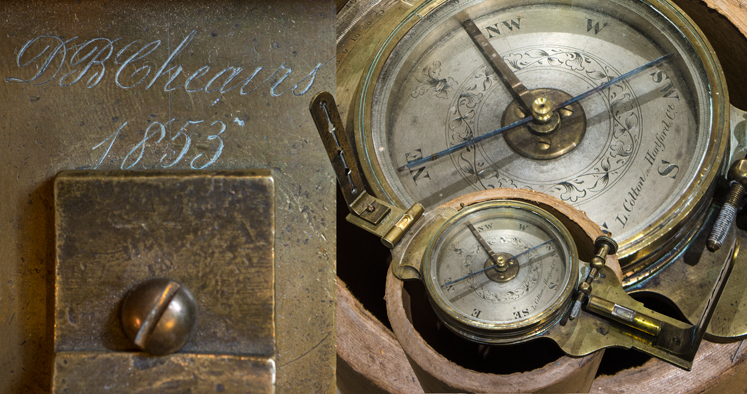
A Compass for Surveyors
This is a composite of an antique surveyors compass from the museum collection. It has been shown before, but not recently, so a whole new audience will be able to take a gander gander when it goes back on display in mid-2015. The compass shows to have been built by “I. Cotton of Hartford Ct.” The owner’s name we presume was D. B. Cheairs, who apparently acquired the compass in 1853. I set the old compass on a fiber tube to shoot it.
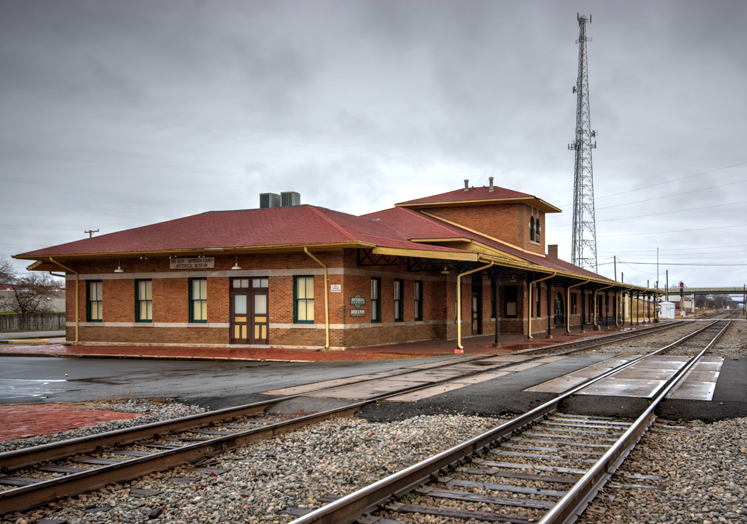
Missouri-Pacific Depot
The museum is housed in the former Missouri-Pacific Depot in Pine Bluff. The tracks are one of Union Pacific’s main routes, so plenty of trains pass every day.
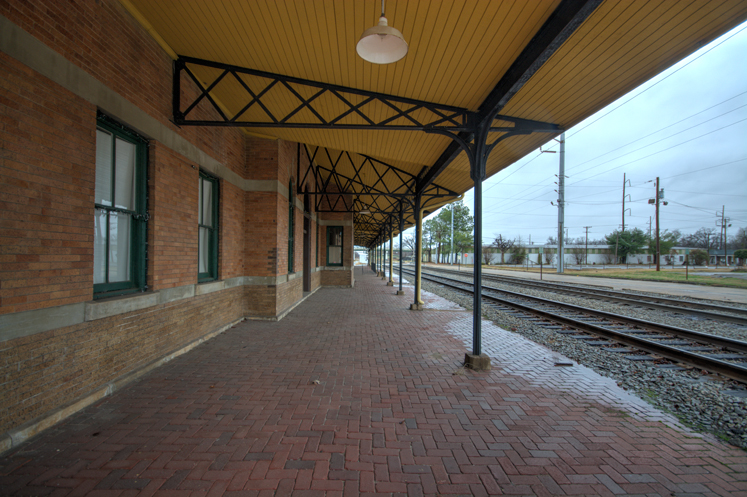
'As It Was'
The tracks lie within spitting distance of the depot loading area. The original bricks remain. With the exception of Christmas lights, the exterior of the building, for the most part, is “as it was.” The interior is closed. In the eighties and nineties, a couple of restaurants occupied the building. To their credit, they maintained the original structure as much as possible.
For those reasonably close to the Pine Bluff-Jefferson County Historical Museum who feel disposed to make a visit, be advised that (temporarily) the museum is open only on Wednesday, Thursday, and Friday from 10 a.m. to 4 p.m. For those of you who may find the trip “too far and snakey,” we can only wish it weren’t.
A U T H O R ' S N O T E : Though I am a member of the board of directors of the Pine Bluff/Jefferson County Historical Museum, I personally am completely responsible for content of this article. The opinions expressed do not necessarily represent policies or opinions of the institution, management, or the board of directors, Jefferson County, Arkansas and/or the City of Pine Bluff.
Joe Dempsey




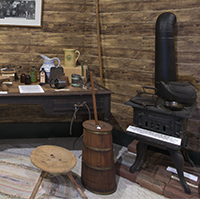

But wait....
There's more!
See another picture of the wagon and gin, more exhibit pix including one with a muzzle-loading rifle, the kitchen exhibit, and another exterior picture. Click and go to Weekly Grist for the Eyes and Mind.

